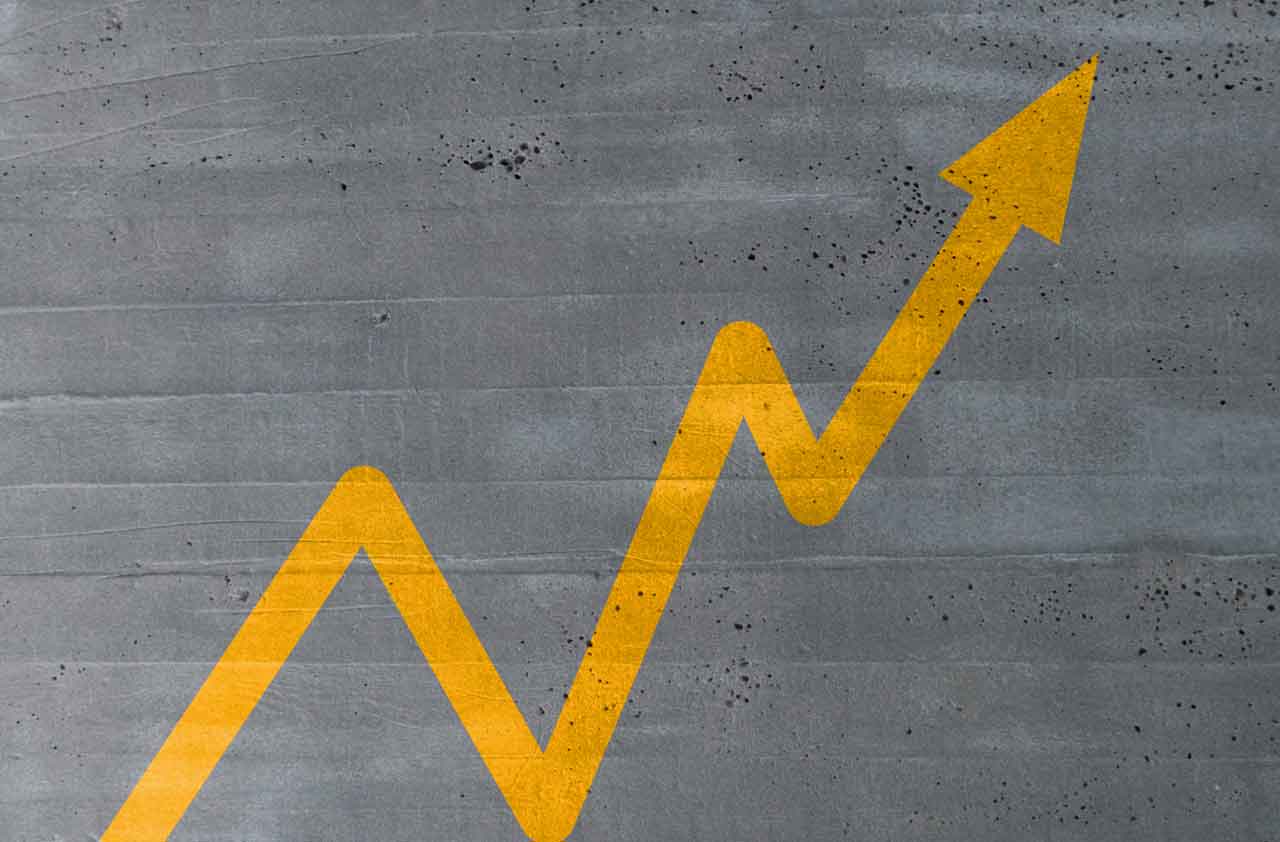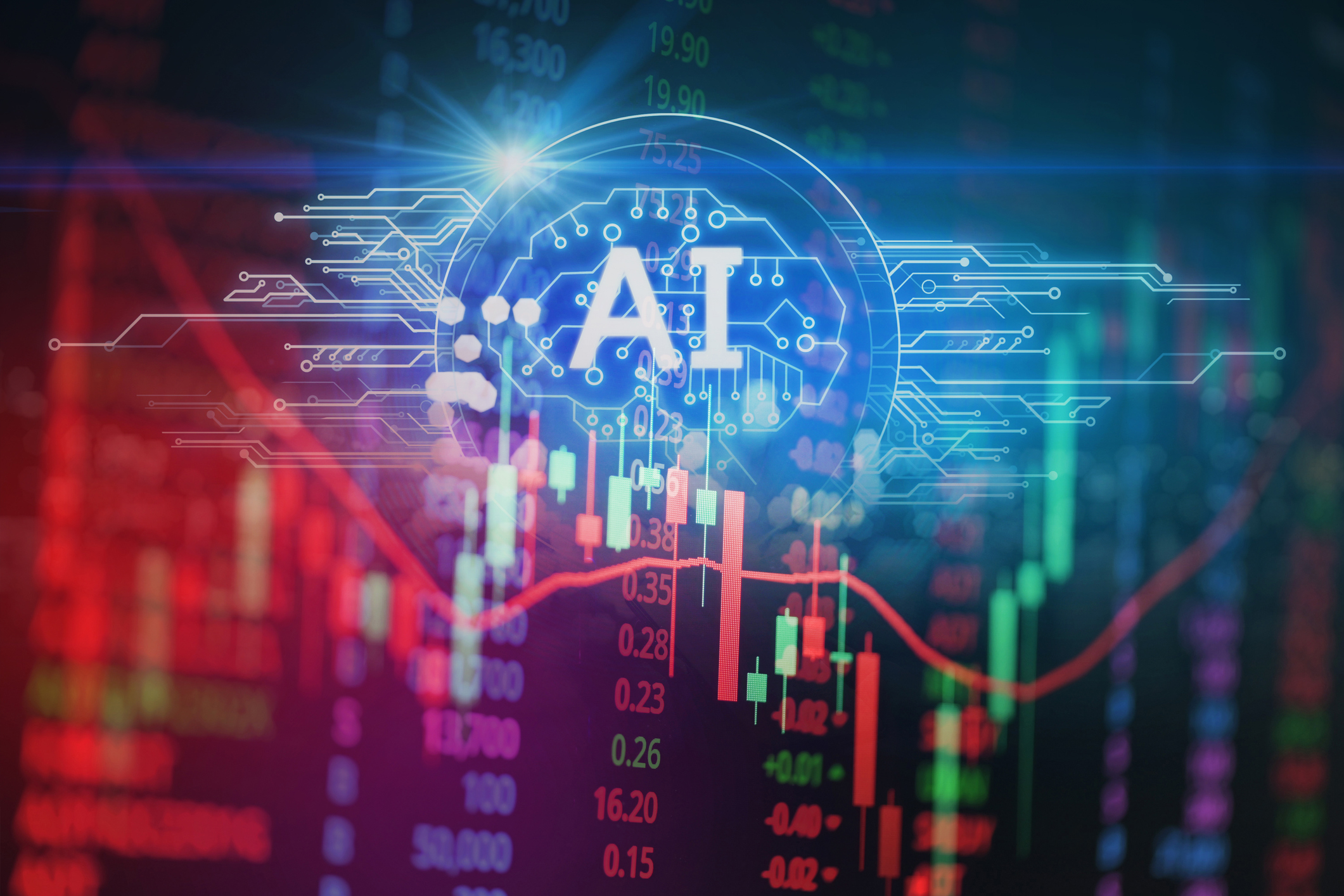11 Things Going Right as We Head Into 2019
11 developments, economic and otherwise, that reveal brighter days ahead in 2019.

If you’re a glass-half-empty kind of person, there are plenty of dispiriting headlines these days — from a volatile stock market to the government shutdown — that could ruin your holiday cheer.
Here at Kiplinger, we’re more optimistic. We’d prefer to raise that half-full glass and make a toast to any of a number of important things going right in the world today. We’ve rounded up 11 developments, economic and otherwise, that reveal brighter days ahead in 2019. Take a look.

A Strong U.S. Economy
The economy will keep chugging -- figure on GDP expanding by another 2.7% in 2019 -- forecasts The Kiplinger Letter.
Consumers will continue to spend freely in 2019, shelling out nearly 2.7% more than in 2018. Of course, if the stock market correction lasts well into the new year, then consumers will cut some spending to shore up retirement savings. But many such corrections have been temporary.
High employment will keep folks feeling optimistic. Look for the unemployment rate to drop to 3.4% in 2019, the lowest since 1969.

Bigger Checks in 2019
Scarce labor means rising wages — up 3.5% on average in 2019, versus 3% in 2018, forecasts The Kiplinger Letter.
“Everything leads us to believe that wages will begin rising by year-end and more quickly than they have over the past eight years,” affirms Andrew M. Challenger, vice president of the outplacement company Challenger, Gray & Christmas. (See Wages Are Finally Set to Rise in 2019.) “Amazon’s minimum wage increase to $15 an hour is a bold move that will escalate the fourth-quarter war for new talent.”
Retirees collecting Social Security benefits will see a boost, as well. The Social Security Administration announced that benefits will increase by 2.8% in 2019 — the largest cost-of-living adjustment since 2012.
Even those who rely on their savings yields for income are enjoying greater returns these days. The Kiplinger Letter forecasts the yield on the 10-year Treasury note to edge up to 3.2% by year-end and to 3.6% by the end of 2019. Big banks have been slower than small banks, online banks, and credit unions to reward savers, but their rates on money market accounts and CDs are likely to participate in the general upward move.

Breakthrough Wireless Technology
The fifth generation of cellular service, or 5G, will bring speeds 10 to 100 times as fast as today’s. 5G will be a disruptive force in the economy because of its sweeping potential, beyond raw speed. Carriers are racing to spread the technology in dozens of cities through 2019. Among the early uses for 5G:
- Virtual and augmented reality, on the go or at home, for video gaming, live sports, video chats, worker training, warehouse assistance, etc.
- Internet-of-things applications using millions of cheap, low-powered sensors to monitor factory equipment, water pipes, power lines, crops, drones, cars and more.
- Advanced surveillance cameras with ultra-high-definition, real-time video that uses facial recognition and precise location tracking to help police spot criminals.
- Remote operation of machinery on work sites with instant response times, even when an operator is hundreds of miles away — a whole new way to telecommute.
- Plus, ultra-HD video streaming along with huge file downloads and uploads.
More good news on the mobile front: In 2019, many mobile carriers plan to start rolling out a new line of defense against robocalls — a kind of caller authentication dubbed Stir/Shaken. The service is designed to cut down on “spoofing”—the trick spammers use to make their calls appear to come from a local number. Once Stir/Shaken is implemented by Verizon, AT&T, Sprint, T-Mobile and other mobile companies, phone calls made on their networks will carry a digital key that will make it difficult for spammers to disguise their identities.
6 5G-Ready Telecom Stocks to Boost Your Portfolio

Lower Taxes
The new tax law delivers a host of benefits to taxpayers at all levels. For starters, not only is the top rate lowered from 39.6% to 37%, but that rate also kicks in at a higher income level. And, note that whatever new bracket you fall in, more of your taxable income will be hit with lower rates.
A hallmark of the new law is the near-doubling of the standard deduction to $12,000 on single returns, $18,000 for head-of-household filers and $24,000 on joint returns. Congressional analysts say bulking up the standard deduction will let more than 30 million taxpayers avoid the hassle of itemizing write-offs on their tax return because the bigger standard deduction would exceed their qualifying expenses.
Starting in 2018, the $1,000 tax credit for each child under age 17 is doubled to $2,000. Additionally, the new law significantly increases the income phase-out thresholds so that more higher-income families will pocket child credits.
The law offers a different kind of relief to individuals who own pass-through entities—such as S corporations, partnerships and LLCs—which pass their income to their owners for tax purposes, as well as sole proprietors who report income on Schedule C of their tax returns. Starting in 2018, many of these taxpayers can deduct 20% of their qualifying income before figuring their tax bill. For a sole proprietor in the 24% bracket, for example, excluding 20% of income from taxation has the same effect of lowering the tax rate to 19.2%.

Homeownership on the Rise
At long last, the homeownership rate is starting to tick up after falling for years. And it’s likely to keep rising from its current rate of 64%, after hitting a low of 63% in 2016. At the peak of the housing boom, the rate stood at nearly 70%.
With the economy strong and unemployment low, more people are finally buying homes. Recent increases in employment have been especially strong for folks ages 25 to 44, the same group whose homeownership rate had fallen most in the wake of the recession.
- More first-time buyers are a boon for everyone linked to the housing industry — home builders, sellers of home furnishings, Realtors, mortgage loan officers, and others.

A Stable Healthcare Marketplace
After five years of turmoil, Obamacare insurers now know how to price plans and are finally turning a solid profit. (Never mind the recent federal court ruling that Obamacare is unconstitutional. For now, the law remains, and 2019 coverage is unaffected.)
Premium increases are down, and competition is up in Obamacare insurance markets for plan year 2019. For the first time since 2015, the number of participating insurers will grow. And only four states will have just one insurer, compared with 10 in 2018.
- Average statewide premiums in the individual market will rise more than 3% in 2019, a big slowdown compared with 2018, when premiums soared an average 30%. Notably, premiums will fall in 12 states, a welcome respite for self-insured Americans.

A New Tech Revolution
Amazing artificial intelligence tech is on tap as today’s most cutting-edge AI rapidly progresses and new applications begin to explode in number. More and more businesses will harness AI to hike employee productivity and enhance efficiency. The economic impact will be felt everywhere in a tech revolution akin to the advent of the internet.
AI computer programs learn as they go, separating themselves from analytics tools that simply crunch data and churn out static results. The key ingredient? Huge amounts of data fed into fast computers to make better predictions, from diagnosing illnesses to choosing job candidates. The practical uses of AI are almost endless:
- Truckers can plot better maps using data on past traffic snarls to plan for and avoid future jams.
- Drillers can pinpoint the best spot to search for oil and gas.
- Pharma companies can predict which drug combinations are most effective.
- Banks can ferret out fraud by learning a customer’s behavior…typing speed, mouse movement, etc....and detecting when a criminal has hacked into an account.
- Warehouses can roll out AI-driven mobile robots that can move products and pluck items off shelves.
- Other uses: Legal writing. Military logistics. Robotic surgery. Drone flying.
AI will mostly enhance, rather than displace, human workers. For example, AI can now read X-rays for medical problems better than humans, but radiologists are still needed to communicate results and decide whether to do an invasive exam. In fact, a slew of new jobs will be created — AI coders, robot managers, etc.

Greater Access to Credit
More consumers could soon get access to credit, thanks to new methods for assessing their creditworthiness. The House recently passed legislation that would allow public-housing authorities, utilities and telecom companies to report on their customers’ payment history to credit reporting agencies. Fair Isaac Corp., the creator of the ubiquitous FICO score, now uses rent payments in its scoring. Traditionally, millions of people haven’t used credit enough to qualify for a score.
- The shift spells cheaper loans and more spending for some folks. Consumers who haven’t regularly used credit cards and the like but have a record of paying bills and rent on time stand to qualify for more loans at lower interest rates than before. That extra buying power should be good news for the businesses that cater to them.

Better Benefits at Work
Employers are being more generous with benefits, thanks to the labor crunch. More than a third of firms beefed up benefit packages in the past 12 months to attract top talent, according to a recent survey.
All types of parental leave and telecommuting options are on the upswing. So, too, are wellness perks: Standing desks, on-site stress management programs, etc. Free food and drinks, legal services and pet-centered perks are being offered, too. On the pet front: Insurance, bereavement and adoption leave, and doggie day care. Firms are offering more retirement help to retain and attract older workers.
Many firms also now give paid family leave to hourly workers, not just salaried folks. Companies that hire a lot of young people are offering to help repay their student loans as a retention tool. Estée Lauder, for instance, provides $100 per month in such aid.

Juicy Comeback for Florida Citrus
The state’s citrus crops were ravaged in 2017 by Hurricane Irma and bacterial disease, but the devastation of 2018’s Hurricane Michael spared much of the Sunshine State’s centrally located citrus groves.
- The U.S. Department of Agriculture forecasts a 76% increase in orange yields for the upcoming harvest. For grapefruit, a 73% jump. Tangerines and tangelos, a 60% rise. It’s an impressive rebound from last year, which was among the worst harvests in years.
Profit and prosper with the best of Kiplinger's advice on investing, taxes, retirement, personal finance and much more. Delivered daily. Enter your email in the box and click Sign Me Up.
-
 Nasdaq Leads as Tech Stages Late-Week Comeback: Stock Market Today
Nasdaq Leads as Tech Stages Late-Week Comeback: Stock Market TodayOracle stock boosted the tech sector on Friday after the company became co-owner of TikTok's U.S. operations.
-
 Disney’s Risky Acceptance of AI Videos
Disney’s Risky Acceptance of AI VideosThe Kiplinger Letter Disney will let fans run wild with AI-generated videos of its top characters. The move highlights the uneasy partnership between AI companies and Hollywood.
-
 Ask the Editor: Itemized Deductions
Ask the Editor: Itemized DeductionsAsk the Editor In this week's Ask the Editor Q&A, Joy Taylor answers questions on itemized deductions claimed on Schedule A of Form 1040
-
 What to Expect from the Global Economy in 2026
What to Expect from the Global Economy in 2026The Kiplinger Letter Economic growth across the globe will be highly uneven, with some major economies accelerating while others hit the brakes.
-
 Amid Mounting Uncertainty: Five Forecasts About AI
Amid Mounting Uncertainty: Five Forecasts About AIThe Kiplinger Letter With the risk of overspending on AI data centers hotly debated, here are some forecasts about AI that we can make with some confidence.
-
 Worried About an AI Bubble? Here’s What You Need to Know
Worried About an AI Bubble? Here’s What You Need to KnowThe Kiplinger Letter Though AI is a transformative technology, it’s worth paying attention to the rising economic and financial risks. Here’s some guidance to navigate AI’s future.
-
 Will AI Videos Disrupt Social Media?
Will AI Videos Disrupt Social Media?The Kiplinger Letter With the introduction of OpenAI’s new AI social media app, Sora, the internet is about to be flooded with startling AI-generated videos.
-
 What Services Are Open During the Government Shutdown?
What Services Are Open During the Government Shutdown?The Kiplinger Letter As the shutdown drags on, many basic federal services will increasingly be affected.
-
 The Economy on a Knife's Edge
The Economy on a Knife's EdgeThe Letter GDP is growing, but employers have all but stopped hiring as they watch how the trade war plays out.
-
 Apple Readies for AI Upgrade with New iPhones
Apple Readies for AI Upgrade with New iPhonesThe Kiplinger Letter The tech giant has stumbled when it comes to artificial intelligence, but a new batch of iPhones will help it make headway.
-
 Japan Enters a New Era of Risk and Reform
Japan Enters a New Era of Risk and ReformThe Kiplinger Letter Japan has entered a pivotal moment in its economic history, undertaking ambitious policy and structural reforms to escape from decades of stagnation.
